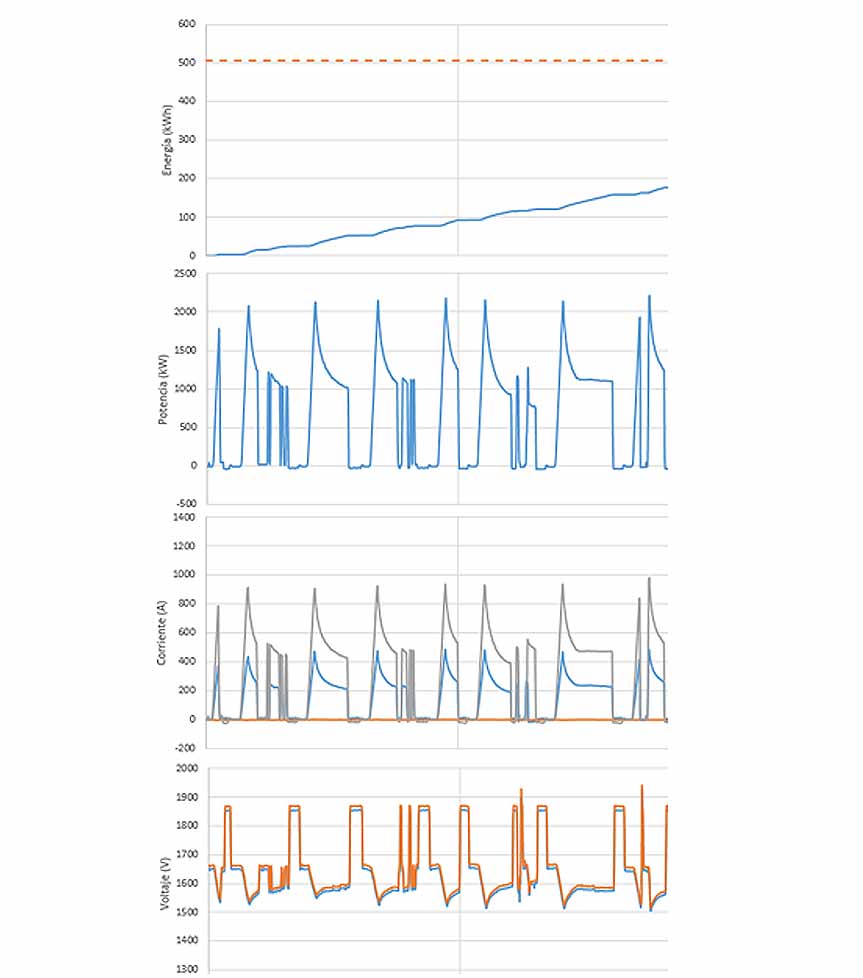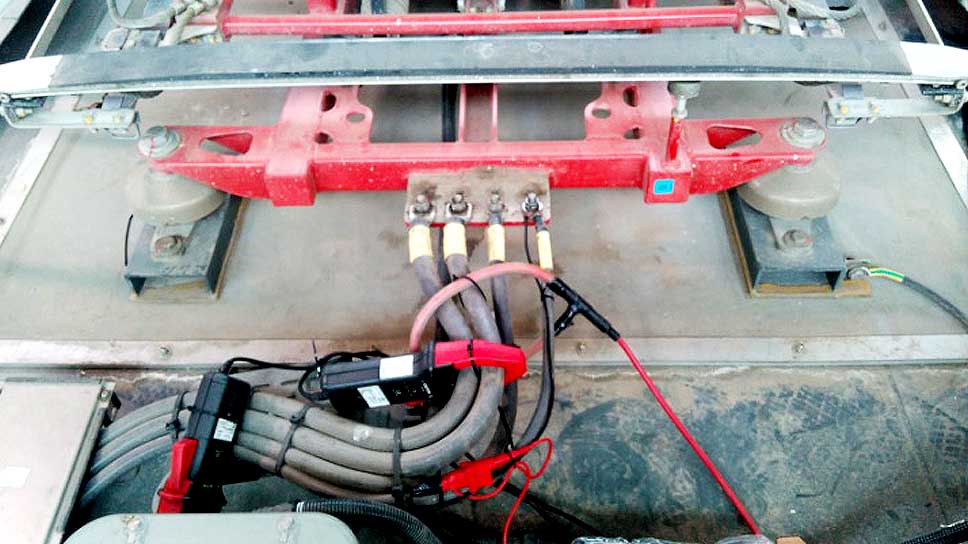Current electric rail vehicles feature energy saving and storage systems that reduce their overall energy consumption. Moreover, energy regeneration to the catenary while braking reduces the energy burnt in the braking resistors.
CETEST evaluates the traction and auxiliary circuits in different rail vehicle designs and then proposes the best approach to assess the energy consumption. This also includes identifying where and when the vehicles will be running throughout their commercial service life.
CETEST is able to measure the Diesel consumption through a flowmeter.




